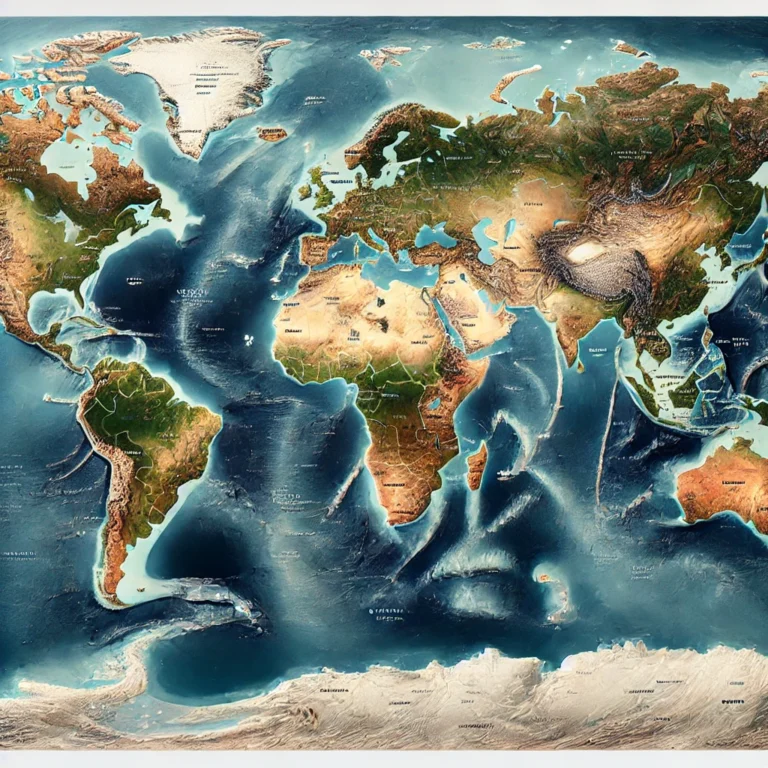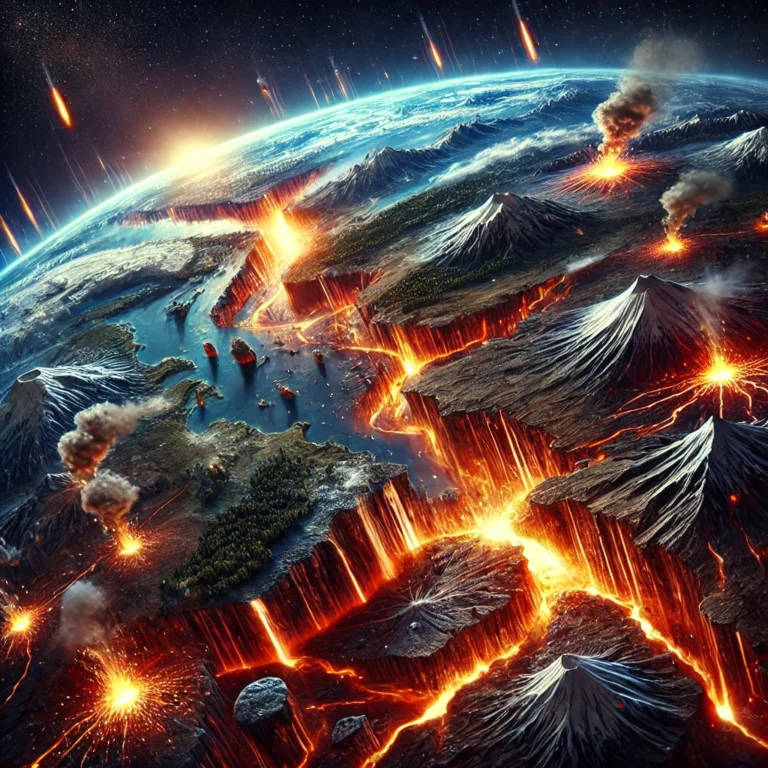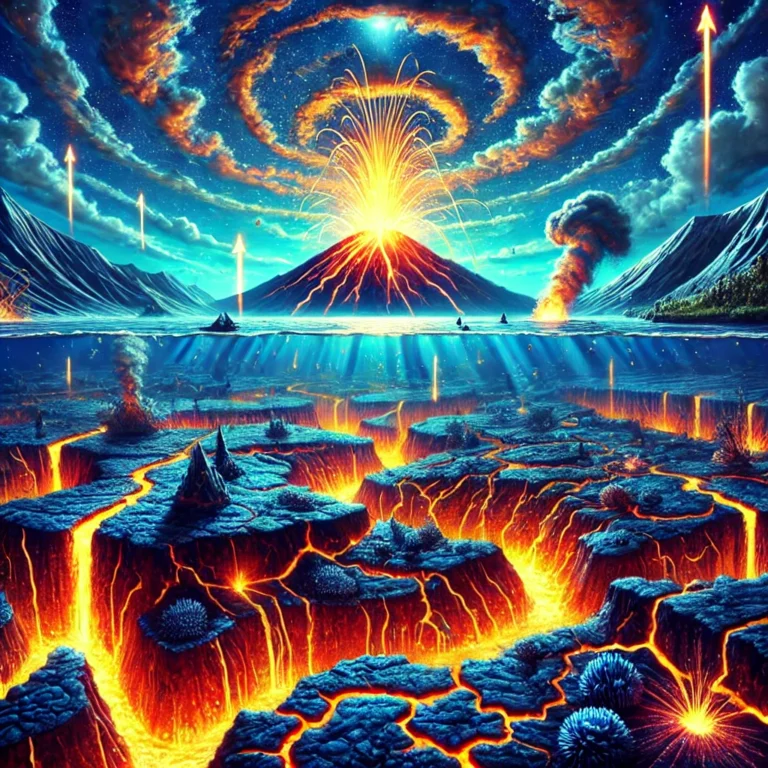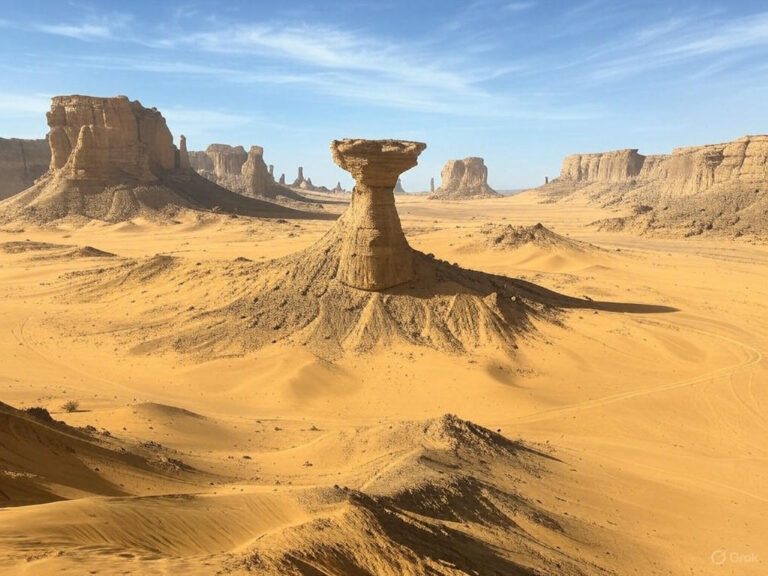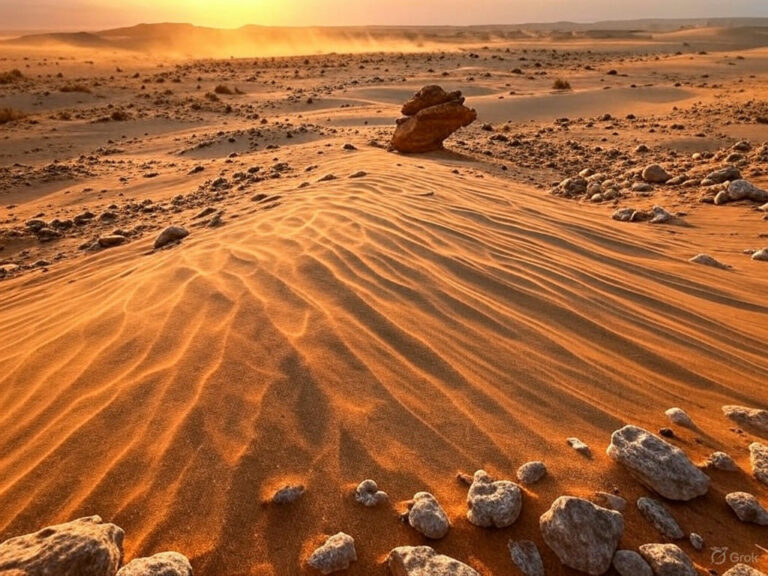Major Mountains in South America
South America, as a continent, presents a contrast of age and elevation when it comes to its physical landscape. On one hand, we have the Andes Mountains — young, tall, and tectonically active. On the other, we see the ancient highlands of Brazil and Guiana — old, weathered, and comparatively lower.
In between these mountain systems lie vast lowland basins formed by the major rivers like the Amazon, Orinoco, and Paraná-Paraguay, along with the fertile plains of Pampas.
Let’s understand each of these components:

The Andes Mountains
The Andes are the longest continental mountain range in the world, stretching about 8,900 km from the southern tip of Chile and Argentina all the way to the Caribbean coast of Venezuela. This massive cordillera isn’t a single ridge; it’s a series of parallel and intersecting ranges (called cordilleras) with high plateaus and intervening valleys.
🌍 How were the Andes formed?
- Formed due to the convergence of two tectonic plates:
- The oceanic Nazca Plate (moving eastward),
- Colliding with the continental South American Plate (moving westward).
- This is a classic example of ocean-continent convergence, where subduction leads to mountain building.

📚 Three Sections of the Andes:
- Southern Andes – Includes Chilean, Fuegian, and Patagonian cordilleras.
- Central Andes – Includes the Peruvian cordilleras.
- Northern Andes – Covers Ecuador, Colombia, and Venezuela.
Mount Aconcagua
- Highest peak of the Andes, and also the highest in the Western Hemisphere —
6,959 meters, on the Argentina–Chile border. - It is one of the famous “Seven Summits” — the tallest mountains on each continent.
📌 The Seven Summits of Seven Continents:
| Continent | Peak | Height (in meters) |
| Asia | Mount Everest | 8,850 |
| South America | Mount Aconcagua | 6,960 |
| North America | Denali (McKinley) | 6,190 |
| Africa | Mount Kilimanjaro | 5,895 |
| Europe | Mount Elbrus | 5,642 |
| Antarctica | Vinson Massif | 4,892 |
| Australia | Mount Kosciuszko | 2,228 |
- Additionally, Puncak Jaya in New Guinea is the highest island peak on Earth.

🌋 Mount Ojos del Salado
- Located in the Andes, on the Argentina-Chile border.
- World’s highest active volcano – 6,893 meters.
- Second-highest Mountain in the Western and Southern Hemispheres.
Brazilian Highlands – The Economic Heartland
Located in central and southeastern Brazil, the Brazilian Highlands are a vast ancient eroded plateau.
🌋 Geological Background
- Formed by ancient basaltic lava flows.
- Less rugged, but rich in minerals and fertile for agriculture.
🌾 Economic Significance
- Occupies over half of Brazil’s landmass.
- Densely populated and agriculturally vital — known for coffee, sugarcane, and plantation crops.
🏞 Mato Grosso Plateau
- A subregion of the Brazilian Highlands.
- Acts as a natural divide between:
- The Amazon Basin (north)
- The Paraguay River Basin (south)
- Features savanna grasslands and woodlands — classic example of a transition zone.
Guiana Highlands – The Table Mountains of the North
These highlands lie between the Amazon and Orinoco rivers, covering parts of Venezuela, Brazil, and eastern Colombia.
🏞 Structure
- Divided into:
- Rolling Hilly Uplands
- Low Mountains
- Tabular Plateaus — flat-topped mountains formed of resistant sandstone.
⛰ Mount Roraima
- Located at the tri-junction of Brazil, Venezuela, and Guyana.
- Height: 2,772 meters.
- Appears like a massive table — flat on top, sheer cliffs on all sides — almost like a natural fortress.
🏔 Pacaraima Mountains
- The central tabular uplands of the Guiana Highlands.
- They separate two major drainage basins:
- Orinoco River Basin (north)
- Amazon River Basin (south)
🔁 Quick Recap
| Region | Type | Location | Key Features |
| Andes | Young cordillera | Western edge of South America | Tectonically active, high peaks |
| Brazilian Highlands | Ancient plateau | Central & SE Brazil | Rich in minerals, agriculturally vital |
| Guiana Highlands | Plateau & low mountains | N. Brazil, S. Venezuela, E. Colombia | Tabular plateaus, Mount Roraima |
🧠 Final Thought
The physiography of South America is not just about landforms, but a dynamic interplay of geology, plate tectonics, climate, and economy. The Andes stand tall with their tectonic history, the Brazilian Highlands form the economic backbone of Brazil, and the Guiana Highlands are a testimony to Earth’s ancient erosional past.
Now let’s move on to the next section and understand the major rivers of South America.


